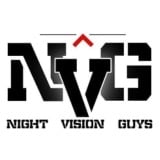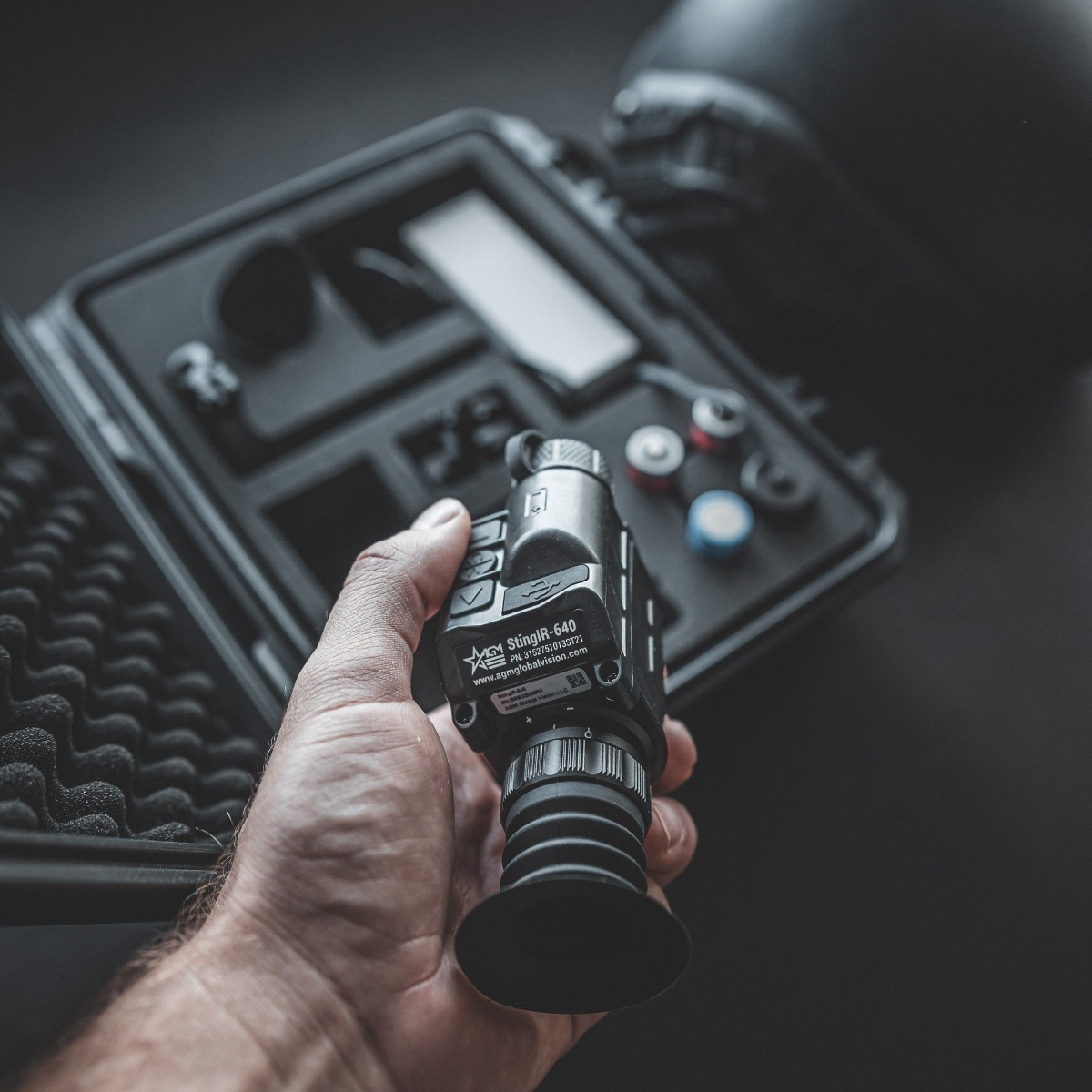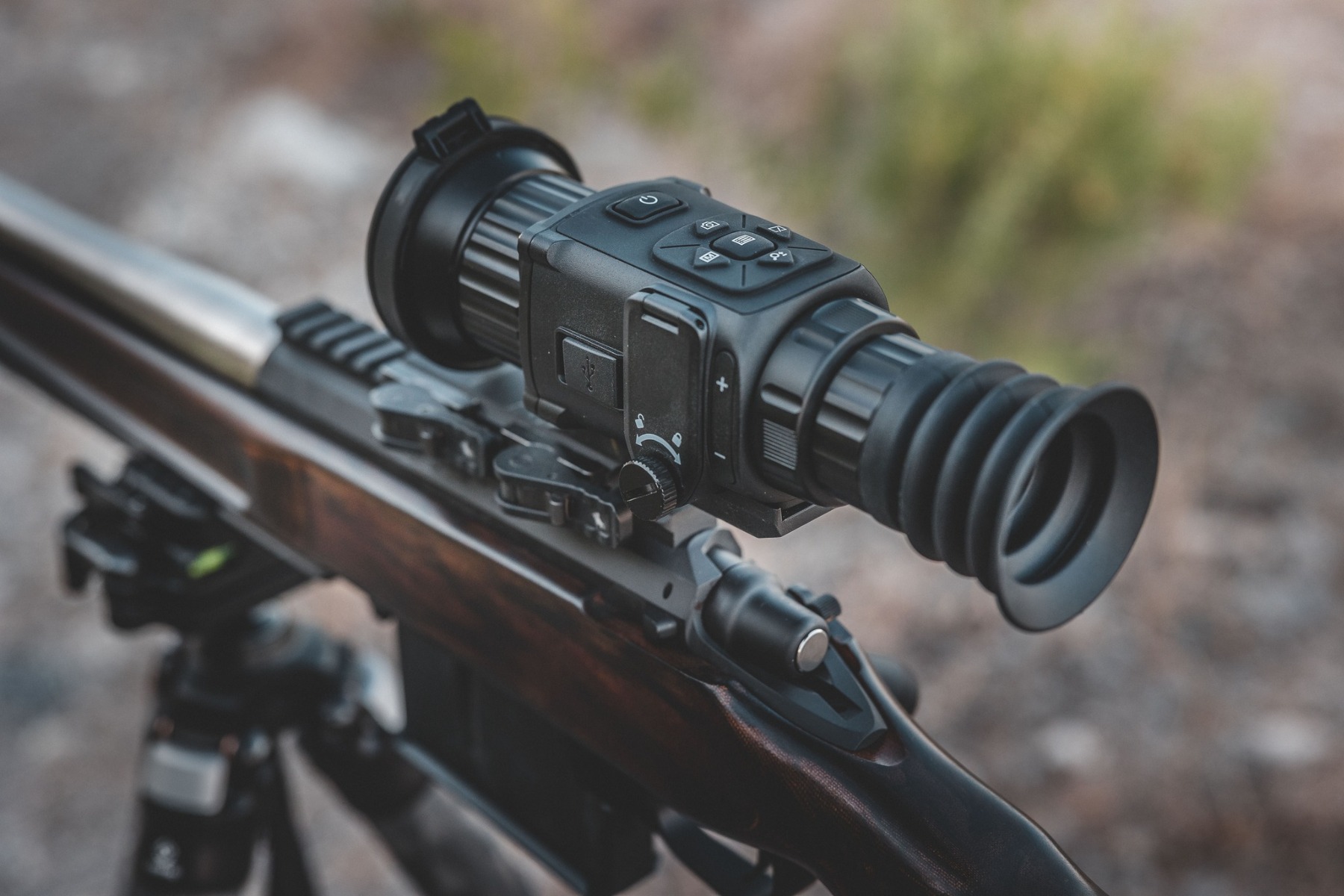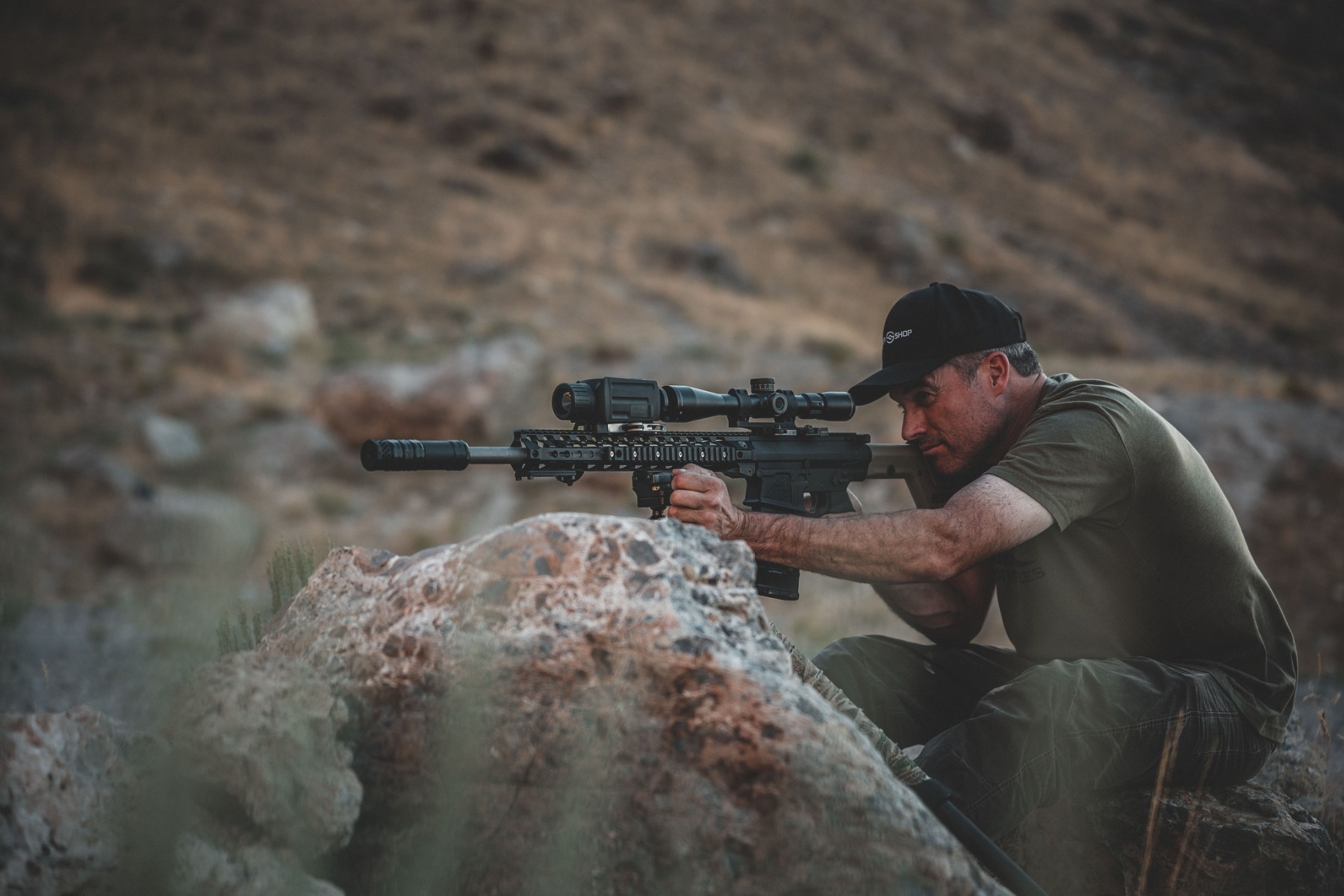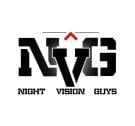NVG History Lesson: When Was the Thermal Scope Invented?
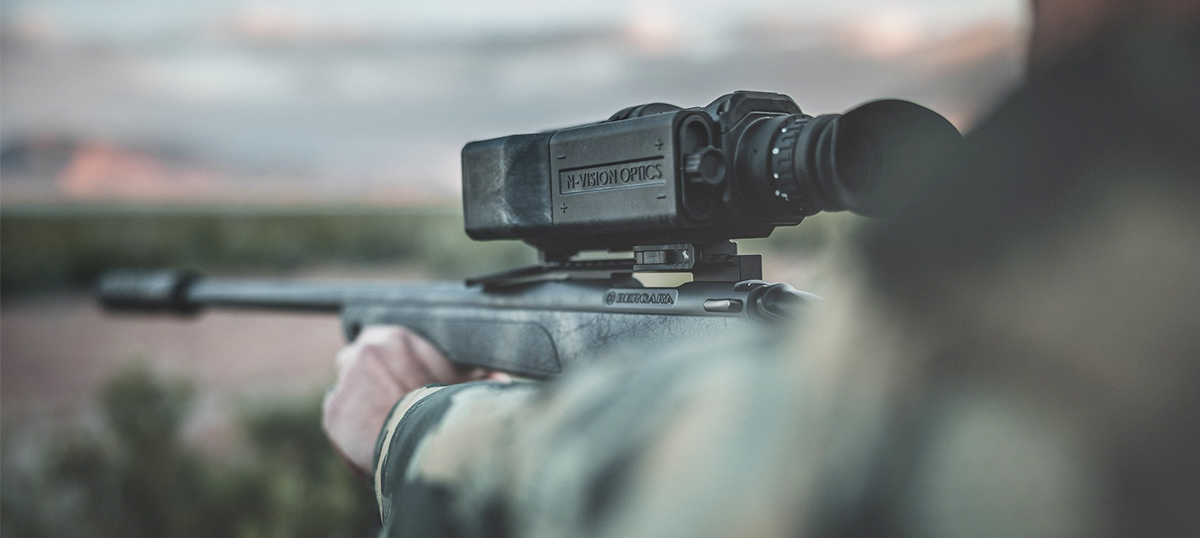
How long have thermal scopes been in commission, and how have they changed over the years?
Thermal imaging technology in its earliest form originated in the early 19th century and has evolved since.
Thermal scopes are now known as essential tools for hunters, law enforcement professionals, and military personnel. The important equipment lets users detect heat signatures, an invaluable feature in darkness and other low-visibility conditions.
Understanding the origins of thermal scopes will give you useful insights into just how far this technology has come, and how it can benefit your own shooting applications.
The Foundations of Thermal Imaging
It was in 1800 that British astronomer Sir William Herschel first discovered infrared radiation.
Through his experiments, he found that invisible light beyond the red spectrum could be measured according to the heat it emits. With this discovery, Herschel laid the groundwork for future innovations in thermal energy detection and visualization.
A century later engineers started to apply infrared principles as they created devices capable of detecting heat. The earliest thermal imaging systems, however, were large and limited in their scope. The prototypes were mainly used by laboratories in industrial and medical applications like heat leak identification in equipment, and disease diagnosis.
The First Military Applications
Military interest in thermal technology really started to accelerate in World War II. Some of the early thermal imaging devices were called “infrared viewers.”
They were developed to detect enemy movement at night. However, the equipment was bulky, and it required external light sources like infrared lamps in order to function. Sure, these devices were precursors to modern-day infrared scopes, but they lacked the ability to passively detect objects found in modern thermal scopes.
Significant advancements in infrared technology started during the Cold War era. The U.S. military started to invest heavily in thermal imaging research in the 1950s. Early handheld thermal devices were employed for reconnaissance missions.
By the time the 1960s rolled around, the systems became more compact in size, but they were still too heavy – and expensive – for widespread use.
The Birth of the Thermal Scope
The thermal scopes we know today started to emerge in the late 1970s. Thanks to advances in microelectronics and infrared sensor technology, engineers could create smaller, more efficient thermal devices.
The first thermal weapon sights were still developed for military purposes, of course. The scopes let soldiers identify targets based on heat signatures, no matter what the lighting conditions might be.
The invention of uncooled thermal sensors was a pivotal breakthrough in thermal scope technology. Earlier designs required cryogenic cooling, but uncooled sensors were more durable, compact, and energy efficient. The innovation meant the beginning of portable thermal scopes that could be mounted to rifles.
Thermal Scopes in Hunting
It should be no surprise that hunters were some of the first civilians to adopt thermal scopes. By the 1990s, manufacturers started to produce consumer-grade models. However, the cost for this equipment remained higher than would be affordable for most average enthusiasts.
Still, early scopes transformed the nighttime hunting experience. Hunters could track game without relying on moonlight or flashlights.
Modern thermal scopes offer hunters an unparalleled advantage in the field. They can detect even slight heat differences, so it’s easier to locate game while hiding in dense vegetation, as well as in other low-light conditions.
Thermal scopes also improve ethical hunting practices since hunters can track injured animals based on their heat trails.
Thermal Scopes in Law Enforcement
Thermal imaging has evolved into an important tool for law enforcement agencies. Officers now use thermal scopes for surveillance, search-and-rescue missions, and even suspect apprehension. They gain a tactical advantage in more complex situations by letting users detect heat through walls, smoke, and foliage.
Thermal scopes, for example, are frequently used during nighttime stakeouts. They let officers identify suspects who might be hiding in dark alleys or wooded areas. Compared to traditional night vision, thermal imaging isn’t affected by ambient light. That makes it perfect for both urban and rural settings.
Advancements in Military Applications
Without a doubt, militaries around the world remain some of the largest users of thermal scopes. And today’s scopes are so much more advanced than their Cold War predecessors. Modern equipment boasts features like zoom, rangefinders, and ballistic calculators, all of which let soldiers engage their targets with great precision.
The military frequently uses thermal scopes in combat zones for detecting enemy movements. The scopes let soldiers identify vehicles and locate hidden threats like landmines. Plus, drones equipped with thermal cameras are now expanding the scope of battlefield inspection.
The Future of Thermal Scopes
What is the future of thermal scopes? They are still changing.
Advances in sensor technology, not to mention even artificial intelligence, are resulting in smarter thermal-imaging devices. Future scopes could feature automatic target recognition, higher resolution, and lighter-weight designs that would make them all the more accessible to users both civilian and professional.
The cost of production will only go down, thus making thermal scopes even more affordable. With that trend in place, it is natural to see their use bases expanding in hunting, security, and recreational shooting.
How Thermal Scopes Work
Do you know how modern thermal scopes work?
Thermal or infrared scopes detect the infrared radiation that’s emitted by all objects. They do this by converting heat into an image that users see through the scope’s eyepiece. Brighter images mean hotter objects. That means users can differentiate between a warm target and its cooler surroundings.
The modern thermal scope is made up of a few key components, such as:
- Infrared sensors detect heat signatures and convert them into electronic signals.
- The display presents the thermal image in black-and-white or color palettes.
- Optics magnify the image for accurate targeting.
- A power source provides energy for the electronic components.
Compared to their predecessors, modern scopes now use more advanced image processing to provide better clarity, reduce noise, and improve the identification of targets. Some of the best models even include Wi-Fi connectivity, so images can be shared in real-time.
A Rich History of Thermal Imaging
Once you can answer the question, “When was the thermal scope invented,” you open the door to the technology's rich history, a history filled with innovation and application.
From its earliest roots in military research to its current uses in hunting and law enforcement, the thermal scope is now an incredibly indispensable tool. It doesn’t matter if you’re using one to track game or in a professional law enforcement operation, you can better appreciate thermal scopes by understanding this cutting-edge technology’s origins and capabilities.
Night Vision Guys has such a wide variety of thermal scopes and related equipment. With top brands and expert support, our team can help you find the perfect scope for your needs. Go ahead and browse our selection today. We’re confident you’ll see all the ways thermal technology can work for you.











